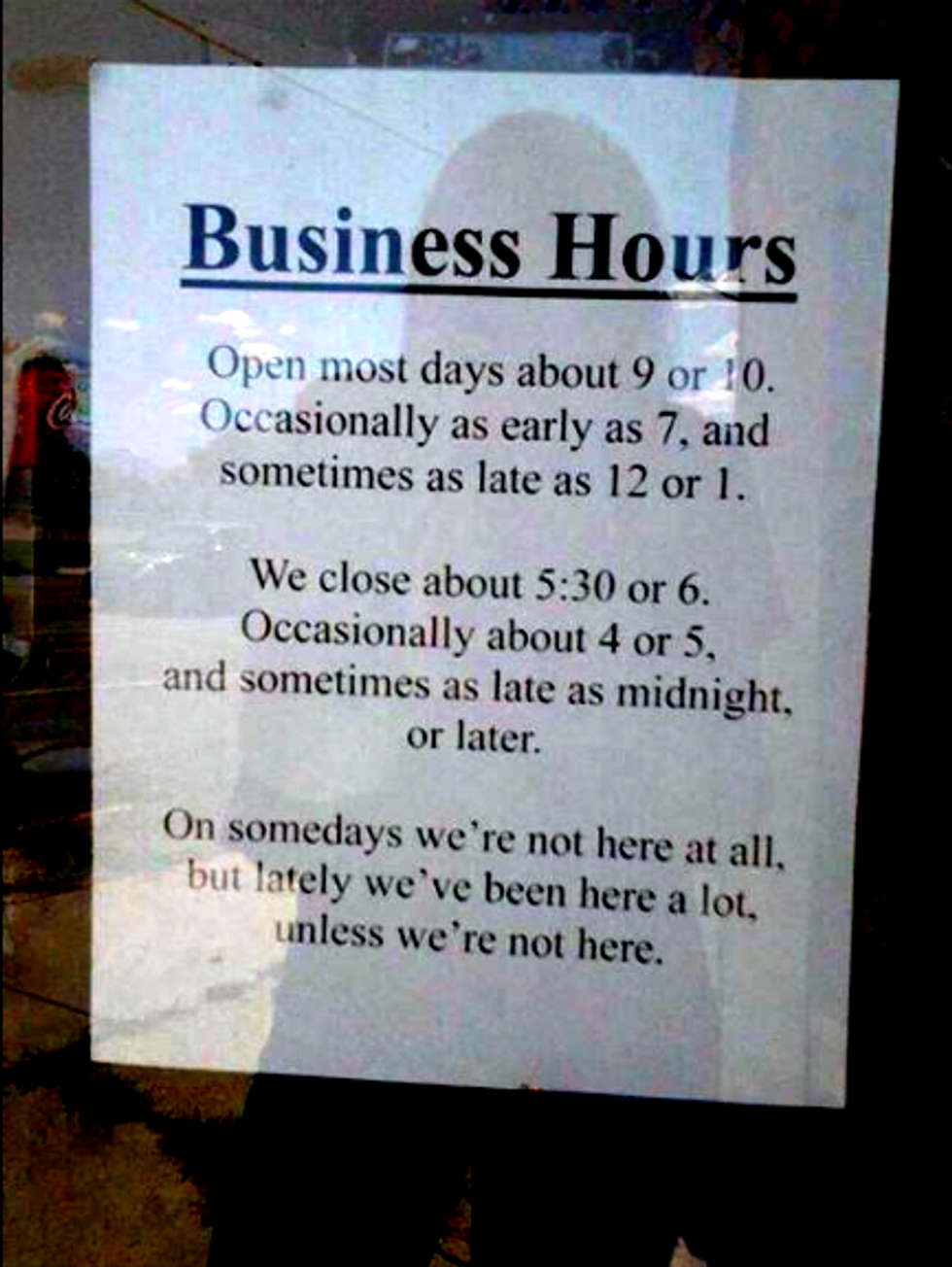Last week, I wrote about my travels in Italy, hoping to clarify what exactly I was doing abroad for a month. Aside from all the talk about rocks, I briefly touched on how much I enjoyed Italian culture and how its differences with American culture led me to appreciate both countries more. For those interested in my (admittedly inexpert and heavily generalized) observations while living in Sardinia, here are the top eight ways Italian lifestyle contrasts with American lifestyle.
1. Time
The Italian approach to life is much more easy going than the American approach, one of the first things I noticed when I arrived in Sardinia. You do the things you need to do without stressing too much about how long it takes to do them. Compared to the fast-paced, jam-packed lifestyle of many Americans, the Italian mindset overall seems to be more relaxed, more focused on appreciating the little things. In particular, I loved lying around on the beach and enjoy life, completely free from others’ judgment as well as the usual internal guilt of being “unproductive.”
2. Service and schedules
A consequence of the carefree notion of time in Italy is that schedules are really more of a suggestion. Lines everywhere from the pharmacy to the airport customer service counter can look deceivingly short but in actuality take a good chunk out of your day. On weekends, public transportation often runs on a half-schedule, but it’s sometimes a mystery as to which half. Counting on business hours to be absolute is a pitfall consumers must watch out for. Thus, the American expectation of quick and efficient service is a concept that will lead only to frustration in Italy. One must relax and remember, “When in Rome, do as the Romans do.”
3. Siesta (enforced nap time)
Italy and Spain both have this thing called siesta (literally translated as “nap”), which threw me for a loop at first. Basically, stores and restaurants close for approximately three to four hours in the afternoon for an enforced break before reopening again in the evening. This really confused your local American because she was used to using her afternoons to run errands, grab coffee, and occasionally have late lunches, none of which were compatible with absolutely nothing being open. However, once I adapted to siesta, I realized how nice it was to beat the heat, maybe nap a little, and enjoy businesses generally staying open later than they do in America.
4. Food
Italians really expect to savor their food. It’s a part of their culture that they take very seriously, and I got on board immediately. Sitting down at a restaurant, freshly made, locally sourced, and organic food is more likely than not just a given. In contrast, with American food, meeting those requirements would cost a fortune at a hipster restaurant. Savoring food is also something that takes time. Dinner is expected to take at least two hours minimum, and servers don't feel any hurry to get you the bill immediately after you ask. Italians treat dinner like Americans treat going out for coffee, as a time to unwind and socialize. The American approach to meals seems rushed in comparison.
5. Coffee
Maybe this doesn’t matter to non-coffee-drinkers, but as a coffee junkie, I personally had an enlightening experience in Italy. Italians take their coffee as seriously as their food – it tends to be robust, flavorful, and strong. I did not have a single disappointing cup of coffee served to me while I was in Sardinia. Cappuccinos? Amazing. Espressos? Rocked my world. Now that I’m home, I often yearn for a rich Italian cup while resignedly sipping American coffee that seems weak and watery in comparison.
6. Alcohol
Italians are famous for wine, but really it’s so much more than that. Their attitude toward alcohol is something that permeates their culture in a radically different way from what we’re used to in the States. In America, the legal drinking age is 21 and alcohol has a notorious reputation for its correlation with binge-drinking and bad decisions, particularly among college students and those in their 20s. In contrast, Italy has no legal drinking age and yet alcohol has earned a much less negative connotation. Binge-drinking is considered extremely rude while both wine and water are staples at the dinner table – the ability to control one’s alcohol intake in public is implicit. My theory is that the absence of restrictions in Italy toward alcohol, the cultural significance of wine, and the lack of novelty (alcohol is nothing new when you turn 21) all work together to foster a completely different social context for drinking.
7. Football
I never found football (soccer) all that interesting before I traveled to Italy. Growing up in Texas, our two biggest sports are (American) football and basketball, and I’ve always considered myself a rather casual sports fan. I was unconvinced by how exciting and engaging soccer could be until I was in the thick of it, sitting at bars surrounded by passionate Italians screaming their hearts out for the 2016 Euro Cup games. Needless to say, I became way more invested than I ever thought I’d be in the results of the Euro Cup championship.
8. Expression
Italians talk using lots of hand gestures. As a classmate of mine so eloquently observed, “Their hands are part of the conversation.” This gives off the impression (whether true or false) that their speech is always impassioned, that they have a lot to say when they’re conversing. The Italian way of speaking generally involves more full-body expression compared to the American way. In America, we usually keep our arms by our sides, crossed, or in our pockets when we talk.



















































